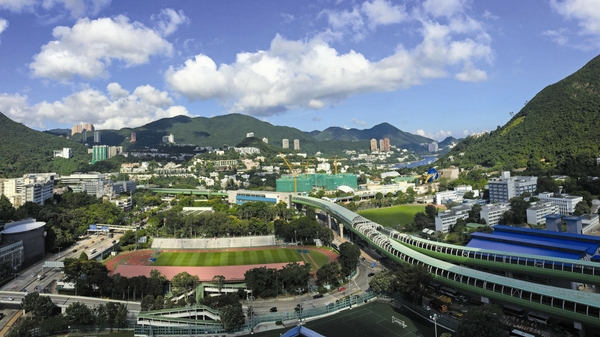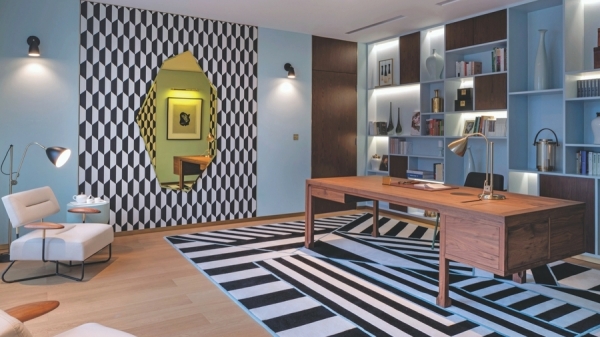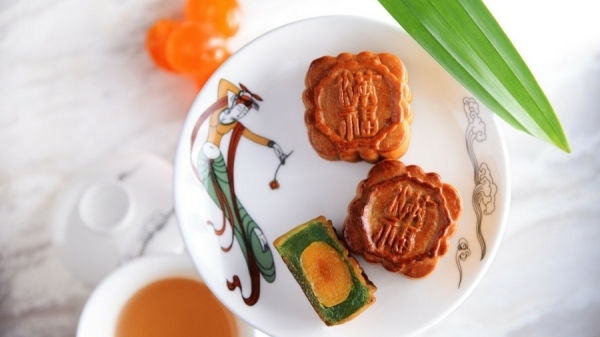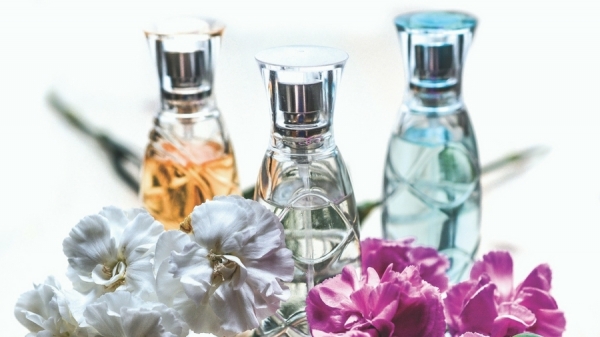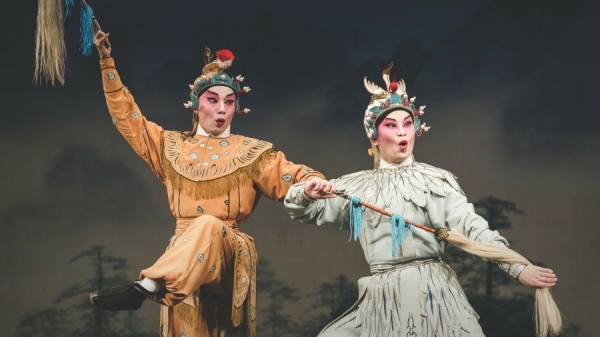[{"id" : "27681","image" : "https://www.gafencushop.com/wp-content/gallery/1110_feature-4-wch/Untitled-design-2.jpg","caption" : "Untitled design (2)"},{"id" : "27684","image" : "https://www.gafencushop.com/wp-content/gallery/1110_feature-4-wch/Untitled-design-3.jpg","caption" : "Untitled design (3)"},{"id" : "27686","image" : "https://www.gafencushop.com/wp-content/gallery/1110_feature-4-wch/Untitled-design-6.jpg","caption" : "Untitled design (6)"},{"id" : "27688","image" : "https://www.gafencushop.com/wp-content/gallery/1110_feature-4-wch/Untitled-design-7.jpg","caption" : "Untitled design (7)"},{"id" : "27691","image" : "https://www.gafencushop.com/wp-content/gallery/1110_feature-4-wch/Untitled-design-8.jpg","caption" : "Untitled design (8)"},{"id" : "27693","image" : "https://www.gafencushop.com/wp-content/gallery/1110_feature-4-wch/Untitled-design-9.jpg","caption" : "Untitled design (9)"},{"id" : "27695","image" : "https://www.gafencushop.com/wp-content/gallery/1110_feature-4-wch/Untitled-design-10.jpg","caption" : "Untitled design (10)"},{"id" : "27697","image" : "https://www.gafencushop.com/wp-content/gallery/1110_feature-4-wch/Untitled-design-11.jpg","caption" : "Untitled design (11)"},{"id" : "27699","image" : "https://www.gafencushop.com/wp-content/gallery/1110_feature-4-wch/Untitled-design-13.jpg","caption" : "Untitled design (13)"},{"id" : "27701","image" : "https://www.gafencushop.com/wp-content/gallery/1110_feature-4-wch/Untitled-design-14.jpg","caption" : "Untitled design (14)"},{"id" : "27703","image" : "https://www.gafencushop.com/wp-content/gallery/1110_feature-4-wch/Untitled-design-15.jpg","caption" : "Untitled design (15)"},{"id" : "27705","image" : "https://www.gafencushop.com/wp-content/gallery/1110_feature-4-wch/Untitled-design-16.jpg","caption" : "Untitled design (16)"},{"id" : "27707","image" : "https://www.gafencushop.com/wp-content/gallery/1110_feature-4-wch/Untitled-design-17.jpg","caption" : "Untitled design (17)"}]
Now that HK Island’s hidden gem Wong Chuk Hang has been ‘discovered’, could it rival K Town’s hipster cred or Central’s art scene?
From the outside, the Yally Industrial Building in Wong Chuk Hang wouldn’t win any awards for architectural design. Nor is it what you’d call inviting.
The dead rose-coloured paint is peeling, and the “A” is missing from “INDUSTRIAL”, having been uprooted long ago – much like many of the blue-collar shopkeepers formerly housed there. As some of these businesses move further inland in search of cheaper rent, creative industries are moving in, lured by the prospect of landing a large loft at a fraction of the cost they’d pay in Central. Call it gentrification or progress, but there’s no ignoring the winds of change in Wong Chuk Hang.
The austere facade of the Yally Building belies the chic businesses housed within: a hip eatery that serves beef tartare and compressed watermelon salad (3/3rds); a luxury “travel salon” bedecked with African masks and floor-to- ceiling bookshelves (Blueflower); and a renowned art gallery that sells works to leading New York City museums and the Louvre Abu Dhabi (Rossi & Rossi).
In some ways, this building is a microcosm of Wong Chuk Hang, and other warehouses in the district tell a similar story. Gallery owner Dominique Perregaux, who founded the South Island Cultural District (SICD) organisation, says the loading bay entrances, cargo lifts and lack of signage can intimidate newcomers who don’t know where to look. But more often than not, the industrial front is what makes the sophisticated spaces inside such a pleasant surprise.
“There’s a kind of hostility to the neighbourhood… Industrial buildings have rules,” Perregaux says. “Now with [the onset of commercial development] and the contrast between industrial buildings and glass buildings, it starts to give you a post-modern feel which makes it quite interesting.”
Much of the area is still zoned as industrial land, but that is slowly starting to change. A shopping mall and 10 hotels are planned for the area, according to Perregaux, and the opening of the MTR’s South Island Line last December heralded a new era for the district.
Wong Chuk Hang is already home to more than two dozen art galleries, fine dining restaurants, craft beer breweries, an artsy warehouse-turned-hotel (Ovolo Southside), international media (CNN is moving its headquarters there) and the offices of major fashion brands (most notably Lane Crawford).
[{"id" : "27681","image" : "https://www.gafencushop.com/wp-content/gallery/1110_feature-4-wch/Untitled-design-2.jpg","caption" : "Untitled design (2)"},{"id" : "27684","image" : "https://www.gafencushop.com/wp-content/gallery/1110_feature-4-wch/Untitled-design-3.jpg","caption" : "Untitled design (3)"},{"id" : "27686","image" : "https://www.gafencushop.com/wp-content/gallery/1110_feature-4-wch/Untitled-design-6.jpg","caption" : "Untitled design (6)"},{"id" : "27688","image" : "https://www.gafencushop.com/wp-content/gallery/1110_feature-4-wch/Untitled-design-7.jpg","caption" : "Untitled design (7)"},{"id" : "27691","image" : "https://www.gafencushop.com/wp-content/gallery/1110_feature-4-wch/Untitled-design-8.jpg","caption" : "Untitled design (8)"},{"id" : "27693","image" : "https://www.gafencushop.com/wp-content/gallery/1110_feature-4-wch/Untitled-design-9.jpg","caption" : "Untitled design (9)"},{"id" : "27695","image" : "https://www.gafencushop.com/wp-content/gallery/1110_feature-4-wch/Untitled-design-10.jpg","caption" : "Untitled design (10)"},{"id" : "27697","image" : "https://www.gafencushop.com/wp-content/gallery/1110_feature-4-wch/Untitled-design-11.jpg","caption" : "Untitled design (11)"},{"id" : "27699","image" : "https://www.gafencushop.com/wp-content/gallery/1110_feature-4-wch/Untitled-design-13.jpg","caption" : "Untitled design (13)"},{"id" : "27701","image" : "https://www.gafencushop.com/wp-content/gallery/1110_feature-4-wch/Untitled-design-14.jpg","caption" : "Untitled design (14)"},{"id" : "27703","image" : "https://www.gafencushop.com/wp-content/gallery/1110_feature-4-wch/Untitled-design-15.jpg","caption" : "Untitled design (15)"},{"id" : "27705","image" : "https://www.gafencushop.com/wp-content/gallery/1110_feature-4-wch/Untitled-design-16.jpg","caption" : "Untitled design (16)"},{"id" : "27707","image" : "https://www.gafencushop.com/wp-content/gallery/1110_feature-4-wch/Untitled-design-17.jpg","caption" : "Untitled design (17)"}]
Chef and Blueflower travel agency founder Andrea Oschetti also loves the diversity and dynamism of the district.
“People here dress in the latest fashions not even found in Milan, right next to people with full-body tattoos moving boxes around. It’s just astonishing,” he says. “Nowhere in the world is like this.”
The district’s growth has some wondering whether it will follow the example set by Kennedy Town, which, in terms of its nightlife and dining scene, went from zero to hero in just a few short years. After hours, Wong Chuk Hang can be surprisingly lively if you know where to go. Some of the city’s leading electronic events – organised by WM
Records and Rewind – have been hosted in the cavernous spaces of the district’s industrial warehouses.
Art dealers in the area, however, have a different goal in mind: to put Wong Chuk Hang on the map as the city’s art district. “We really expect an exodus of Central galleries,” Perregaux says. He envisions Wong Chuk Hang becoming something of a 798 (Beijing’s art district) or a Chelsea (in New York) – albeit on a much smaller scale. It hasn’t happened yet, but he’s confident it will… any day now.
“In the next few years, if you don’t want to spend a million per month and you don’t want a shoebox space in Central, then you’ll be here,” he says. “We get a few galleries from overseas visiting the neighbourhood each month and enquiring [about the space]. The fact that we have the contrast now between industrial and glass buildings – the cleanness and sleekness that you have in Central – gives us a strong advantage as well.”
The South Island Cultural District’s collective includes 26 art galleries which are hand-selected for quality control. When Perregaux first opened a branch of his Art Statements gallery in Wong Chuk Hang in 2013, there were only two other galleries in the district. Rossi & Rossi, Blindspot Gallery, Pekin Fine Arts and Spring Workshop (the latter of which is set to close at the end of this year) were among the earliest pioneers of the area’s art scene.
The SICD also hosts an annual South Island Art Day, which has seen a steady increase in interest and attendance. The free event will be held this month (14 October from 12pm to 8pm), and will feature exhibition openings, performances, art talks and guided tours.
In order to create an art district, though, the area must attract other businesses – restaurants, shops and bars – to make it worthwhile for people to spend a Saturday there. That is slowly starting to happen. Several private kitchens helmed by award-winning chefs are now situated in the area, including Pomegranate Kitchen, Dine Art and Oschetti’s Italian restaurant, Cuore.
Oschetti’s other business, Blueflower, hosts monthly members-only “travel salon” parties featuring TED-style talks with seasoned travellers, which unfold over a meal specially prepared by Oschetti himself. The intimate atmosphere allows diners to get to know the archaeologist or mountaineer who happens to be speaking that evening, and the goal of the series is both to inspire and educate.
[{"id" : "27681","image" : "https://www.gafencushop.com/wp-content/gallery/1110_feature-4-wch/Untitled-design-2.jpg","caption" : "Untitled design (2)"},{"id" : "27684","image" : "https://www.gafencushop.com/wp-content/gallery/1110_feature-4-wch/Untitled-design-3.jpg","caption" : "Untitled design (3)"},{"id" : "27686","image" : "https://www.gafencushop.com/wp-content/gallery/1110_feature-4-wch/Untitled-design-6.jpg","caption" : "Untitled design (6)"},{"id" : "27688","image" : "https://www.gafencushop.com/wp-content/gallery/1110_feature-4-wch/Untitled-design-7.jpg","caption" : "Untitled design (7)"},{"id" : "27691","image" : "https://www.gafencushop.com/wp-content/gallery/1110_feature-4-wch/Untitled-design-8.jpg","caption" : "Untitled design (8)"},{"id" : "27693","image" : "https://www.gafencushop.com/wp-content/gallery/1110_feature-4-wch/Untitled-design-9.jpg","caption" : "Untitled design (9)"},{"id" : "27695","image" : "https://www.gafencushop.com/wp-content/gallery/1110_feature-4-wch/Untitled-design-10.jpg","caption" : "Untitled design (10)"},{"id" : "27697","image" : "https://www.gafencushop.com/wp-content/gallery/1110_feature-4-wch/Untitled-design-11.jpg","caption" : "Untitled design (11)"},{"id" : "27699","image" : "https://www.gafencushop.com/wp-content/gallery/1110_feature-4-wch/Untitled-design-13.jpg","caption" : "Untitled design (13)"},{"id" : "27701","image" : "https://www.gafencushop.com/wp-content/gallery/1110_feature-4-wch/Untitled-design-14.jpg","caption" : "Untitled design (14)"},{"id" : "27703","image" : "https://www.gafencushop.com/wp-content/gallery/1110_feature-4-wch/Untitled-design-15.jpg","caption" : "Untitled design (15)"},{"id" : "27705","image" : "https://www.gafencushop.com/wp-content/gallery/1110_feature-4-wch/Untitled-design-16.jpg","caption" : "Untitled design (16)"},{"id" : "27707","image" : "https://www.gafencushop.com/wp-content/gallery/1110_feature-4-wch/Untitled-design-17.jpg","caption" : "Untitled design (17)"}]
Ovolo Southside’s chic rooftop bar, Above, is another staple of Wong Chuk Hang’s social scene. When the Southside branch opened in 2014, it was the first warehouse in Hong Kong to be repurposed into a hotel. Renovations are now underway in the lobby, and the hotel’s restaurant (formerly Cirqle) will be revamped with a new name, concept and menu.
With two craft beer businesses within its borders, most notably Young Master Brewery, we could see Wong Chuk Hang becoming something of a boho Soho. Offering brews like the cha chaan teng gose, an adult take on Hong Kong’s salted lime soda, Young Master Brewery has become a favourite in the city.
The HK Walls art initiative has also hipsterised the district’s streets through a series of colourful murals. It’s hard to imagine what Wong Chuk Hang might look like in a few years, but the area is clearly on the up and up. While “WCH” is certainly no match for LKF’s nightlife, one could easily while away an afternoon exploring the hip industrial buildings that lend the district its rugged charm.
Text: Emily Petsko

























